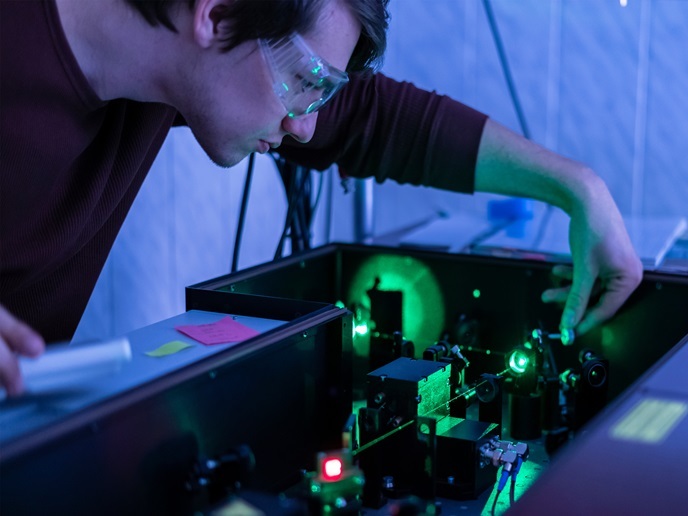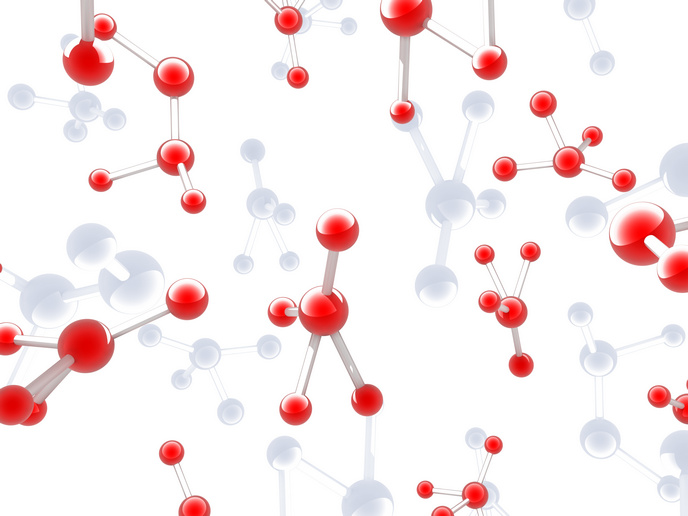More than the sum of their parts: expanding the scope of particle accelerators
The EUCARD-2 project team have successfully applied high-temperature superconductivity to accelerator magnets, developed new materials for particle collimation (narrowing) and new superconducting coatings for acceleration, as well as contributing to novel, very high-gradient, acceleration techniques. Through this work, EUCARD-2 has identified promising directions for future exploration, relevant to both industry and policy makers. Increasing accessibility for medicine, industry, energy and the environment When setting priorities for EUCARD-2, the project coordinator Dr. Maurizio Vretenar explains that, ‘As well as playing to our competences, we had to also bear in mind that the multidisciplinary team was relatively small and so we focused on areas of high impact, which were achievable within the timescales.’ In practice, because accelerator work is highly resource intensive, this meant contributing to existing work. Most of the work therefore consisted of desk-based studies, laboratory experiments and the development of prototypes. Through these methods, EUCARD-2 was able to demonstrate that more compact accelerators with reduced energy requirements are feasible, making the science more accessible and affordable, and so also expanding the scope of applications. The team prioritised areas of direct benefit to European citizens: compact accelerators for isotope production in the field of medicine, electron accelerators for environmental applications, and compact accelerators for industry. As Dr. Vretenar elaborates, ‘Accelerator produced isotopes offer new perspectives in medical imaging and in fighting cancer, contributing to personalised cancer therapies. Additionally, using particle accelerators to treat flue gases from coal plants or exhaust gases, will reduce the release of sulphur and nitrogen oxides into the atmosphere, improving air quality. While industrial processes based on accelerators, like material analysis, inspection, treatment of plastics and ion implantation will increase European competitiveness, resulting in job creation and economic growth.’ Building the brave new world, through a distributed European accelerator laboratory The next step for the work will involve large scale prototyping, and the launch of pilot projects based on the new technologies. This will include the identification of business opportunities and industrial partnerships. Some of these steps are integrated into the project’s successor, the new ARIES (Accelerator research and Innovation for European Science and Society) project. As Dr. Vretenar concludes, ‘There is a brave new world of applications in front of us, which will mean shrinking our industrial and medical processes down from the traditional chemical level to the atomic and subatomic level, with many opportunities and challenges ahead.’ Accelerators give scientists a key with which to access the subatomic world. By concentrating huge amounts of energy in tiny particle beams that penetrate matter deeply, accelerators can map atomic and molecular structures or even modify atoms within the structure itself. Accelerators can change the atomic nuclei, and are capable of generating new subatomic particles by converting energy into matter – in the manner of Einstein’s famous E=mc2 equation. EUCARD-2 enabled a global view of accelerator research by coordinating a consortium of 40 accelerator laboratories, technology institutes, universities and industry, to address common challenges. The networks concentrated on extreme beam performance and novel accelerator concepts with outstanding potential. By promoting complementary expertise, the cross-disciplinary fertilisation of ideas and a wider sharing of knowledge and technologies on strategic topics, EUCARD-2 has succeeded in enhancing R&D for European accelerators.
Keywords
EUCARD-2 Particle accelerator, high-temperature superconductivity, collimation, compact accelerators, isotopes, flue gases, air quality, cancer treatment, material analysis, sulphur, nitrogen, subatomic, atomic







